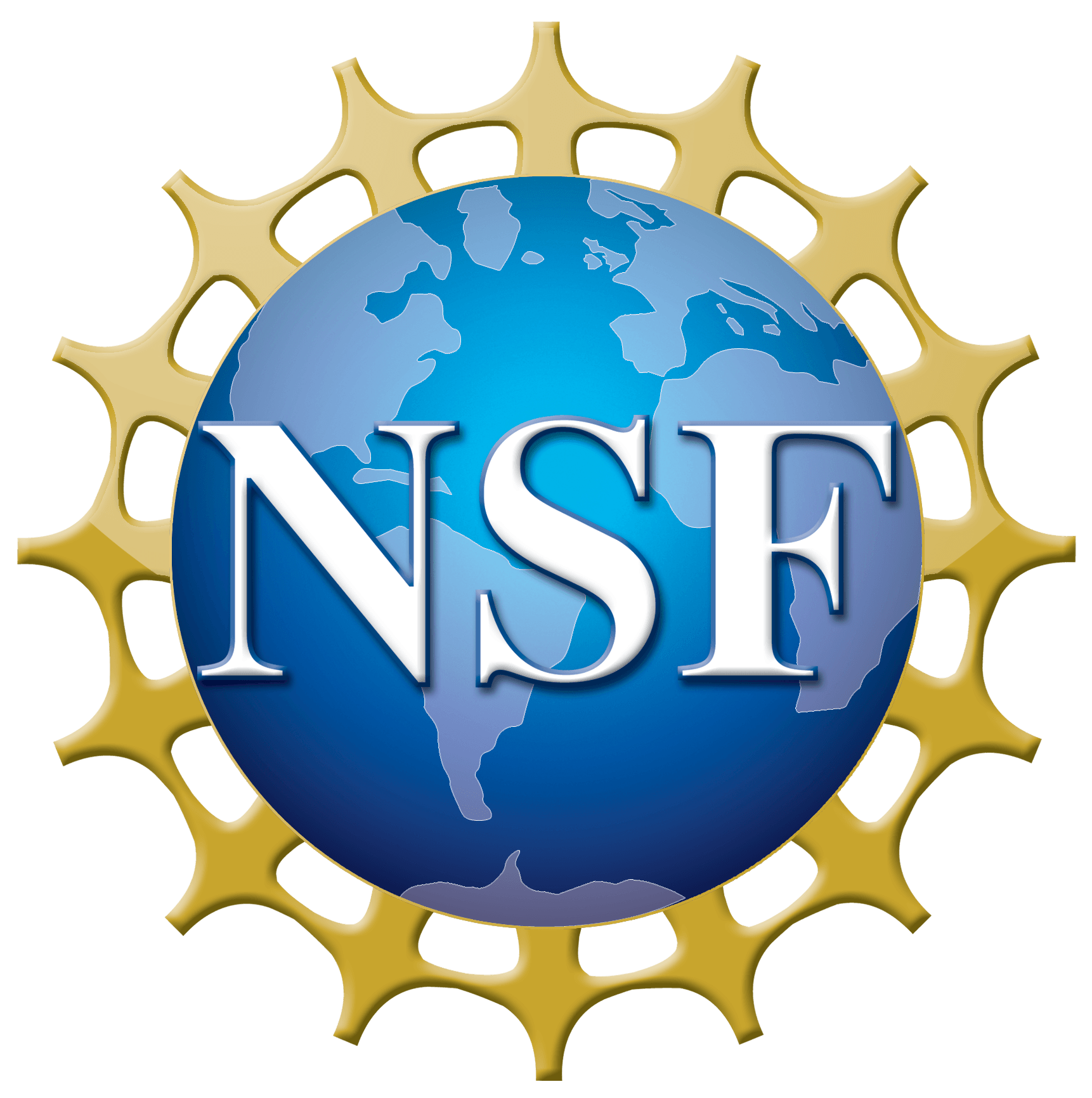Question: Does a black hole move through spacetime or does it draw spacetime to “it” giving the illusion its…
Select :
asteroid collisionasteroidsastronomical distance scalesatomsbig bangblack holesbright lights in the skybrown dwarfcareerscelestial eventschecker cabscometsconstellationscosmic distancescosmic microwave backgroundcosmic rayscosmologydark energydark matterdwarf planeteartheclipseeclipticeducationexoplanetsexpansion of the universegalaxiesgeneral relativitygravitational lensgravity wavesGreat Red SpotHoaxesHubble Space Telescope (HST)Interferometerinterferometryinterstellar moleculesionosphereJupitermagnetarsmarsmeteorsMH370milky wayMilky Way Galaxymoleculesmoonmoonsneutron starneutron starsNibirunight skyparallaxphysicsplanetsplutoproperties of lightPtolemypulsarsquasarsradar astronomyRadio Astronomyradio frequency interferenceradio interferometersradio recombination line emissionRadio TelescopeSatellite DishSchwarzschild Radiusscientific methodsearch for extraterrestrial intelligenceSETIsolar systemspace probesspacecraftstar formationstarssunsupernovasupernova remnantssupernovaetelescopestime dilationTrans Neptunian Objectstwin paradoxunexplained celestial observationsVenusVery Large ArrayVery Long Baseline Array (VLBA)Voyager 1weather
How Can Jets of Matter Escape a Black Hole?
Question: I don’t understand this: I read somewhere (and this isnt a quote but its close enough) that ….the…
A Black Hole That Comes Back to Life?
Question: My partner was driving home yesterday night ( 29 june 2015) listening to the radio, they were talking…
What Lies Beyond the Known Universe?
Question: Do dimensions really exists? [Also,] are the black holes really or possibly portals leading to different dimensions (like…
Can a Black Hole Become Unstable and Produce a “Small Bang”?
Question: Can a black hole become unstable and cause a “small bang”? Creating parallel universes? — Raoule Answer: I…
How Can a Supermassive Black Hole Form in a Galaxy Only 900 Million Years After the Big Bang?
Question: It is a challenging research topics to search how supermassive black holes formed at the early epoch. I…





